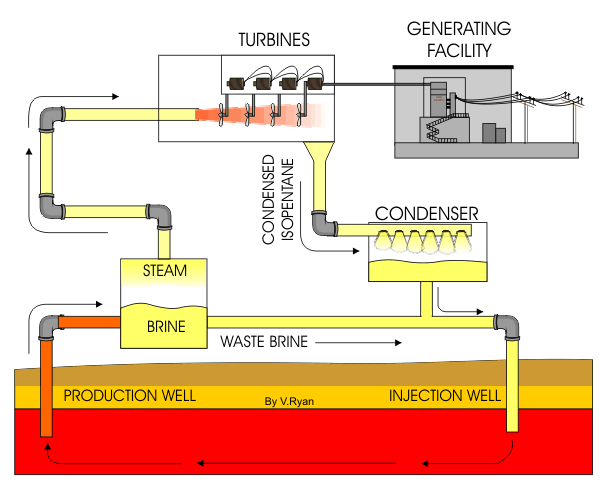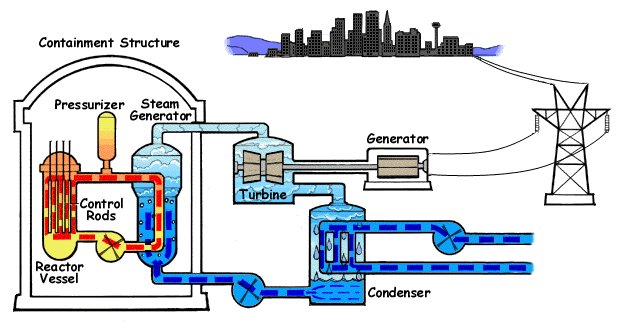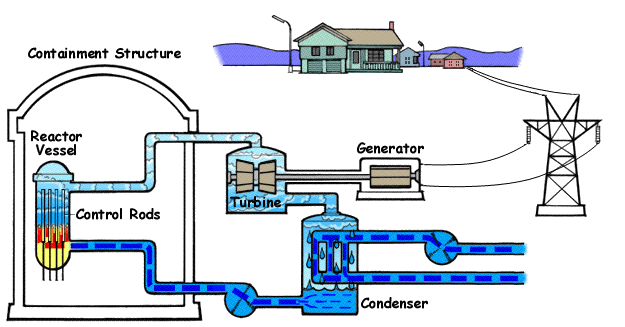Experiment Time:
Today we were able to present our experiment to the class, and it was embraced with eager minds. During our last lab session, we had the opportunity to share our experiment with two of our classmates who were able to successfully follow the procedures provided to them and calculate all of the required values. And even though this experiment was a bit heavy on formulas they still seemed interested.
As you may recall, initially our experiment was designed to test different types of blades and find the ideal air speed necessary to produce enough electricity to light up a series of LEDs. Unfortunately, this was not possible since the maximum amount of voltage that we got out of our wind turbine was around 300 mV. In order to light up a single LED we needed at least 1.6 Volts. We considered coming up with some circuit configurations, but ultimately decided against it since circuit configurations are beyond the scope of our class’s spectrum.
After several trials of trying to figure out the best way to conduct our experiment; we finally came up with a comparable idea that will still cover the concepts that we were aiming for: Wind Turbines; Power Efficiency and Electricity Generation.
The Experiment:
First, our classmates will have to calculate the input power from the electric fan to the wind turbine by using some provided information, such as the fan’s speed and air density, and measuring other values such as the fan’s diameter.
Secondly, using a multimeter, students will measure the output voltage and current from the wind turbine. These values will be necessary to determine and calculate the Output Power.
Finally, after having both values of input and output voltage from the wind turbine, students will then be able to determine the efficiency of the this wind turbine. All of this data was recorded on a table.
Our Results:
To make sure this experiment was actually successful, we performed this experiment and obtained the following values:
|
Fan Speed |
Radius |
Area |
Air Speed [m/s] |
Power in |
Output Voltage |
Current |
Power out |
Efficiency |
|
Low |
8.5 cm |
.025 m^2 |
3.5 m/s |
318 mW |
240 mV |
30 ma |
7.2mW |
2.2 % |
|
High |
8.5 cm |
.025 m^2 |
3.8 m/s |
407 mW |
280 mW |
35 ma |
9.8 mW |
2.4% |
Formulas Used:
Power (input) =1/2 *( Air Density) *(Area)*(Betz Limit)* (Air Speed)^3
Power (output)=Current *Voltage
Power Efficiency (%) =(P output /P input)*100
What Was Learned?
Lastly to ensure that our experiment was fully understood and properly related to the concepts of power and efficiency; we asked the following questions:
-
Does the experiment prove the concept of power? i.e. does higher fan speed result in greater power generated
-
Do your results match the definition of P=IV; meaning, does greater voltage result in a greater amount of power generated.
To both questions, the answer is yes. The air speed is proportional to the power generated from a wing turbine; also, greater speed results in greater voltage and current generated which consequently results in a larger value of power generate. We believe that the best way to understand this values was with a graphical representation. In layman’s terms, the higher the input, the higher the output.
Figure1 : Comparing power efficiency wat two different speeds
The graph clearly demonstrates that at a higher speed 3.8m/s the wind turbine is 20% more efficient than it is when using a low speed 3.5 m/s. These results prove the concepts of power and make our experiment successful.




















